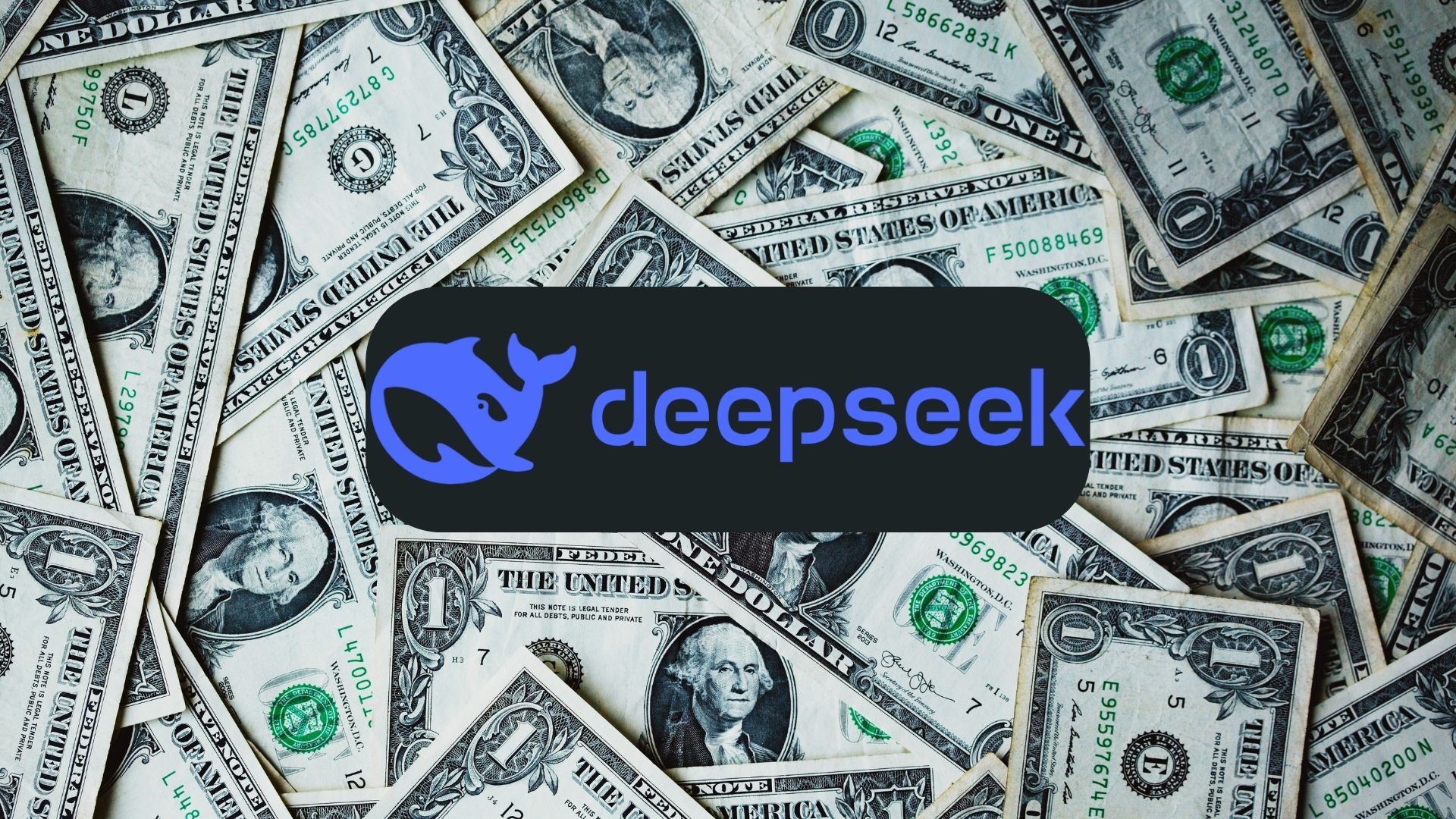DeepSeek’s rise was no accident: Here’s the master plan behind it

Artificial intelligence is reshaping industries at a breakneck pace, but few transitions have been as bold—or as successful—as the one pulled off by DeepSeek. Born from the quantitative trading powerhouse High-Flyer, DeepSeek has emerged as a leader in AI research. But how did they do it? What made their pivot from financial markets to artificial general intelligence (AGI) not just plausible, but a record breaking success? Here’s a deep dive into the strategy, infrastructure, and vision that set them apart.
High-Flyer was never just another hedge fund. At its peak, it managed nearly 100 billion yuan (about $13.79 billion) using algorithmic trading that relied heavily on artificial intelligence. The firm had always been at the cutting edge, leveraging advanced machine learning for high-frequency trading. But by 2023, High-Flyer saw the writing on the wall—AI’s potential extended far beyond financial markets.
Instead of simply refining trading algorithms, they went all in on AGI. The result? DeepSeek, a dedicated research lab focused on pushing AI beyond narrow tasks and into broader, human-level intelligence.
How DeepSeek caused the largest tech sell-off in history
DeepSeek’s edge comes down to raw computational power. Years before the global AI boom, High-Flyer had already been stockpiling high-performance GPUs for its trading operations. Those investments turned out to be DeepSeek’s secret weapon.
- First AI cluster (2020): Built with 1,100 Nvidia A100 GPUs at a cost of 200 million yuan.
- Second AI cluster (2021): Expanded with 10,000 Nvidia A100 GPUs, pushing their AI training capabilities to a new level.
- Beyond A100: Today, DeepSeek relies on a mix of Nvidia H800 chips and potentially even more advanced architectures, though specifics remain undisclosed.
By securing this infrastructure before U.S. export restrictions on high-end AI chips, DeepSeek insulated itself from global supply chain disruptions—a move that gave them a critical advantage over competitors scrambling for hardware.
How DeepSeek optimized its AI developmentDeepSeek’s strategy is a masterclass in resource allocation and AI-first thinking. Here’s what set them apart:
1. Repurposing trading infrastructureDeepSeek didn’t need to start from scratch. The same GPU clusters that once fueled high-frequency trading were seamlessly transitioned into AI model training. That meant a zero-to-one jump without massive upfront costs.
2. Investing aggressively in AI talentThey didn’t just buy GPUs—they brought in the brains to match. DeepSeek aggressively recruited top AI researchers from China’s elite universities and global AI firms, creating a think tank dedicated to AGI.
3. AI experiments at scaleBuilding a cutting-edge AI model isn’t about running a single training process. It’s about iteration, experimentation, and failure. DeepSeek dedicates up to four times the compute power for research as it does for final model deployment. This commitment to experimentation fuels breakthroughs.
4. A dual-purpose strategyEven as DeepSeek advances AGI, High-Flyer continues to refine its financial models. The synergy between the two allows for AI models to be tested in real-world financial applications, giving DeepSeek a practical edge that few pure AI labs can match.
The driving force behind DeepSeekNone of this would be possible without a leader with the vision and risk appetite to bet big on AI. That leader is Liang Wenfeng, the founder and controlling shareholder of High-Flyer.
While many in finance see AI as a tool, Wenfeng saw it as the future of everything. Under his leadership, DeepSeek isn’t just trying to compete with OpenAI and Google DeepMind—they’re aiming to leapfrog them by developing AI that can perform economically valuable tasks at human or superhuman levels.
What’s next for DeepSeek?DeepSeek isn’t slowing down. Here’s where they’re heading:
- Scaling up AI training: Expect bigger GPU clusters, more compute power, and even more ambitious AI models.
- Pushing AGI boundaries: Unlike most AI labs focused on incremental progress, DeepSeek is committed to end-to-end AGI—not just smarter chatbots but AI that can reason, learn, and adapt autonomously.
- Isolation: While some AI firms guard their research, DeepSeek has hinted at a more open-source, collaborative approach, potentially accelerating global AI development.
DeepSeek’s meteoric rise is a case study in seizing opportunity. They didn’t just dabble in AI; they bet the house on it. By simply using existing trading infrastructure, securing high-performance GPUs before the global chip crunch, and building a world-class AI research team, DeepSeek has made itself as a serious contender in the AGI race.
The companies that win in AI won’t be the ones that wait for breakthroughs—they’ll be the ones creating them.
